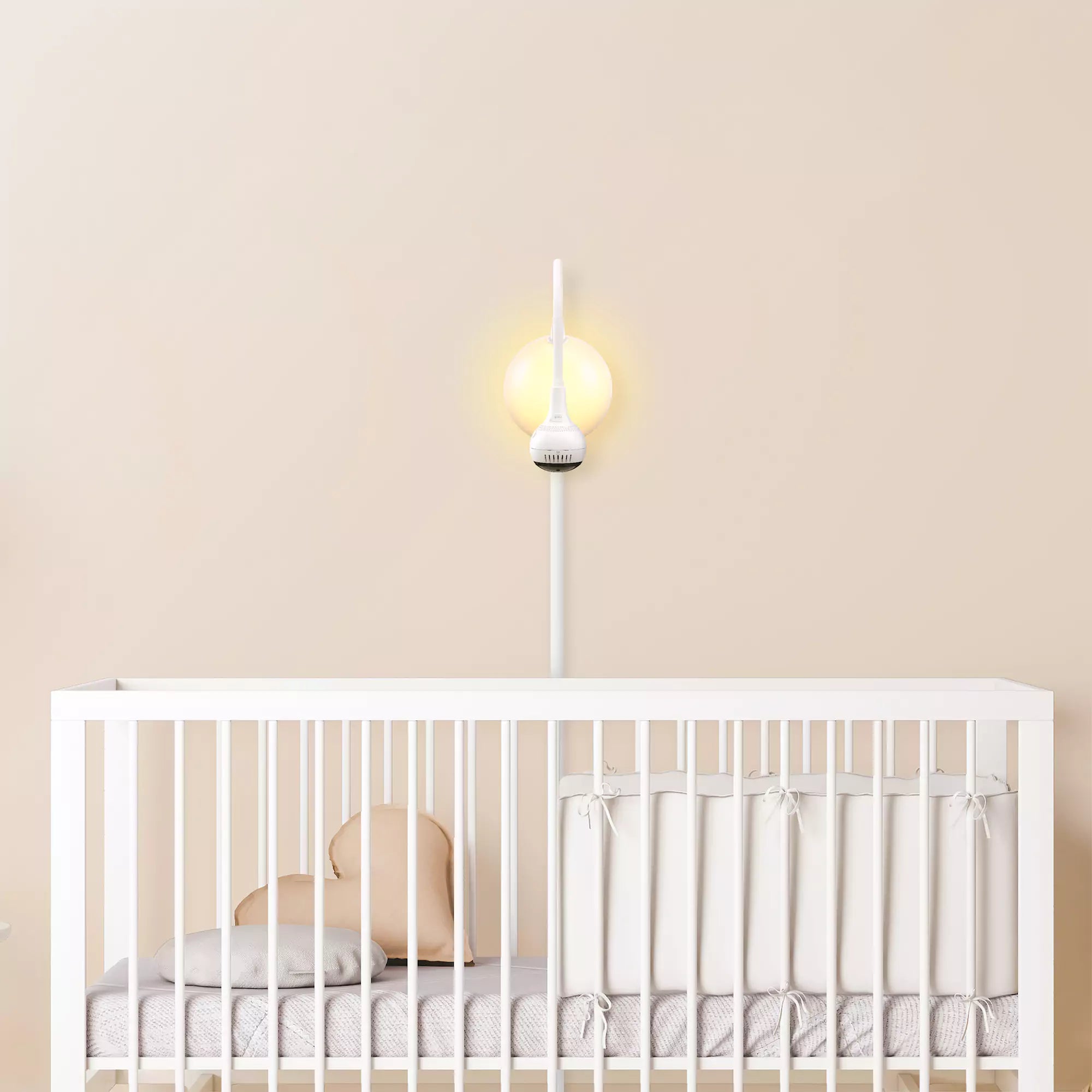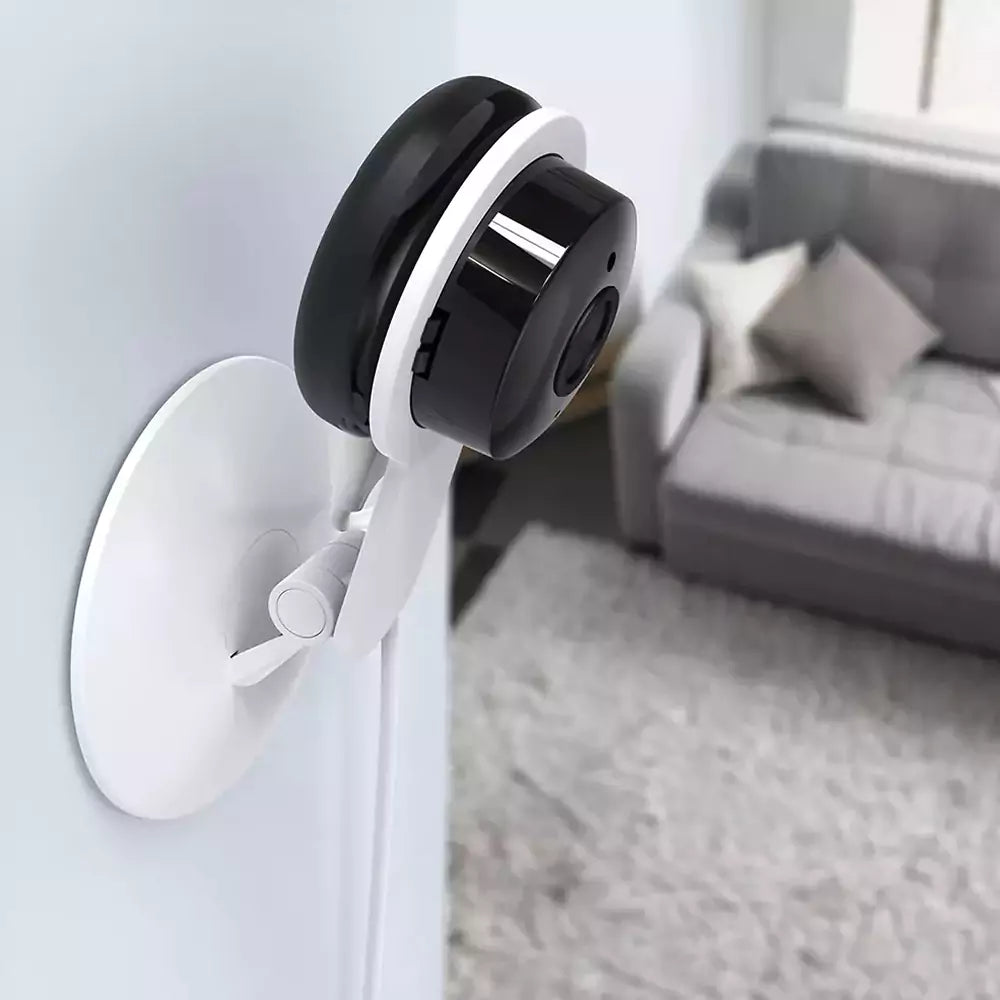As a new parent, you may have heard the phrase "never wake a sleeping baby" more times than you can count. But why is this such a common piece of advice? And is it really that important to follow?
In this article, we'll explore the reasons behind this popular saying and provide tips on how to put your baby to sleep in 40 seconds, as well as discuss the importance of choosing the right sleepwear for your little one.
Why You Should Never Wake a Sleeping Baby
Babies Need More Sleep Than Adults
Babies require significantly more sleep than adults do. In fact, newborns can sleep up to 18 hours a day, while infants typically need around 14-15 hours of sleep. This is because sleep is crucial for their growth and development.
When a baby is sleeping, their body is hard at work producing growth hormones, repairing tissues, and strengthening their immune system. Interrupting this process by waking them up can have negative effects on their health and development.
Disrupting Sleep Cycles Can Lead to Fussiness
Babies have shorter sleep cycles than adults, which means they wake up more frequently throughout the night. However, these shorter sleep cycles are essential for their development and allow them to enter into the important REM (rapid eye movement) stage of sleep.
When a baby is woken up during this stage, they may become fussy and have a harder time falling back asleep. This can lead to a cranky and overtired baby, making it more difficult for them to get the rest they need.
If you are considering using the Ferber method, it is recommended to consult with your pediatrician or a sleep specialist who can provide guidance tailored to your baby's specific circumstances. They can help you determine if the Ferber method is appropriate and provide you with a step-by-step plan to follow.
Interrupting Sleep Can Affect Your Baby's Mood and Behavior
Just like adults, babies need quality sleep to regulate their mood and behavior. When a baby is woken up from a deep sleep, they may become irritable, fussy, and have a harder time self-soothing.
This can lead to a cranky and unhappy baby, which can be challenging for both the baby and the parents. By allowing your baby to sleep uninterrupted, you are helping them regulate their emotions and behavior, leading to a happier and more content baby.
How to Put a Baby to Sleep in 40 Seconds
Create a Soothing Environment
Creating a soothing environment is key to helping your baby fall asleep quickly. This includes keeping the room dark, quiet, and at a comfortable temperature. You can also use white noise machines or soft music to help your baby relax and fall asleep faster.
Establish a Bedtime Routine
Babies thrive on routine, and establishing a bedtime routine can help signal to your baby that it's time to sleep. This can include a warm bath, a bedtime story, or a lullaby. By consistently following the same routine, your baby will begin to associate these activities with sleep and will be more likely to fall asleep quickly.
Swaddle Your Baby
Swaddling is a technique that involves wrapping your baby snugly in a blanket to mimic the feeling of being in the womb. This can help your baby feel secure and calm, making it easier for them to fall asleep. However, it's important to note that swaddling should only be done until your baby starts to roll over, as it can become a safety hazard.
Use a Sleep Sack
A sleep sack is a wearable blanket that can provide a safe and comfortable sleep environment for your baby. Unlike traditional blankets, sleep sacks cannot be kicked off, which can help keep your baby warm and cozy throughout the night.
When choosing a sleep sack, it's important to consider the sizing. A sleep sack that is too big can be a safety hazard, while one that is too small can be uncomfortable for your baby.
The Importance of Choosing the Right Sleepwear for Your Baby
Safety First
When it comes to choosing sleepwear for your baby, safety should always be the top priority. Traditional blankets and loose bedding can pose a suffocation risk for infants, which is why it's recommended to use a sleep sack instead.
Sleep sacks are designed to be safe and comfortable for your baby, with features such as a fitted neck and armholes to prevent slipping and a zipper that opens from the bottom for easy diaper changes.
Comfort is Key
Babies can be picky when it comes to their sleepwear, and it's important to choose something that is comfortable for them. Kyte Baby sleep sacks are made from soft and breathable bamboo fabric, which is gentle on your baby's delicate skin and helps regulate their body temperature for a comfortable night's sleep.
Easy Diaper Changes
One of the biggest challenges of nighttime diaper changes is keeping your baby warm and comfortable while also trying to change their diaper. With a sleep sack, you can easily unzip from the bottom and change your baby's diaper without having to fully undress them. This can help minimize disruptions and make nighttime diaper changes a breeze.
Remember, it is essential to approach sleep training with patience, consistency, and a focus on your baby's well-being.
In Conclusion
As a new parent, it can be tempting to wake your baby up to feed or play with them, but it's important to remember the importance of uninterrupted sleep for your little one. By creating a soothing environment, establishing a bedtime routine, and using safe and comfortable sleepwear, you can help your baby fall asleep quickly and get the rest they need for their growth and development. Remember, never wake a sleeping baby!













